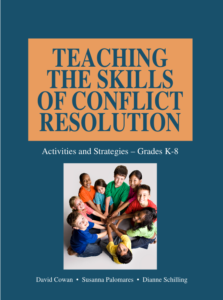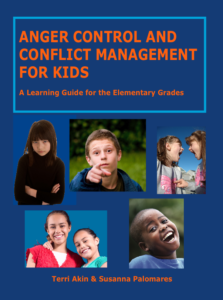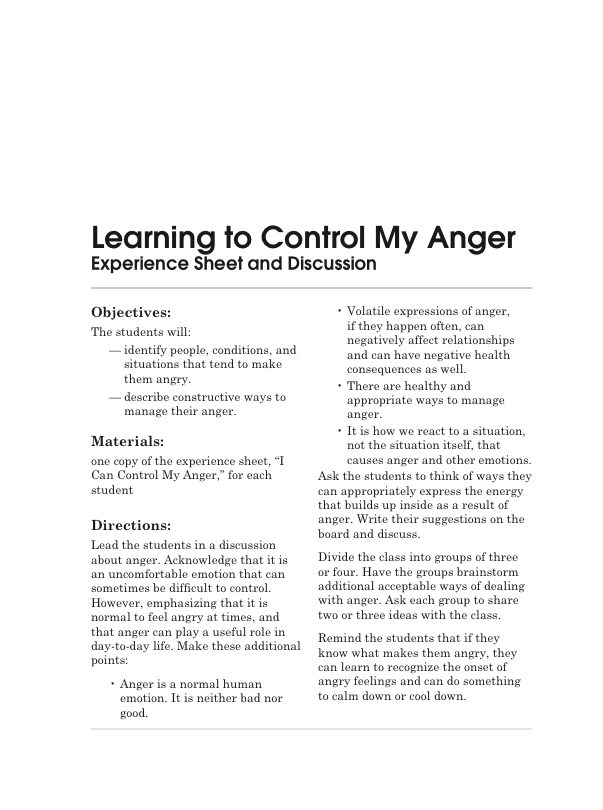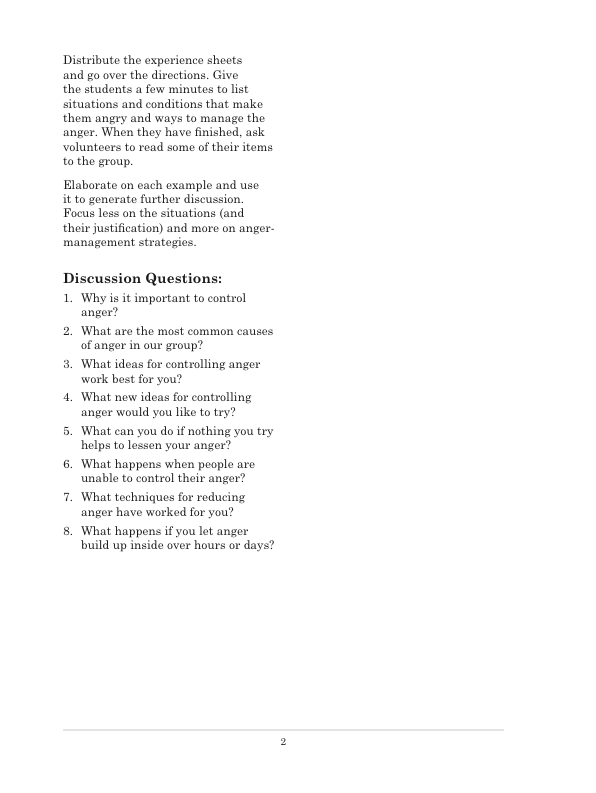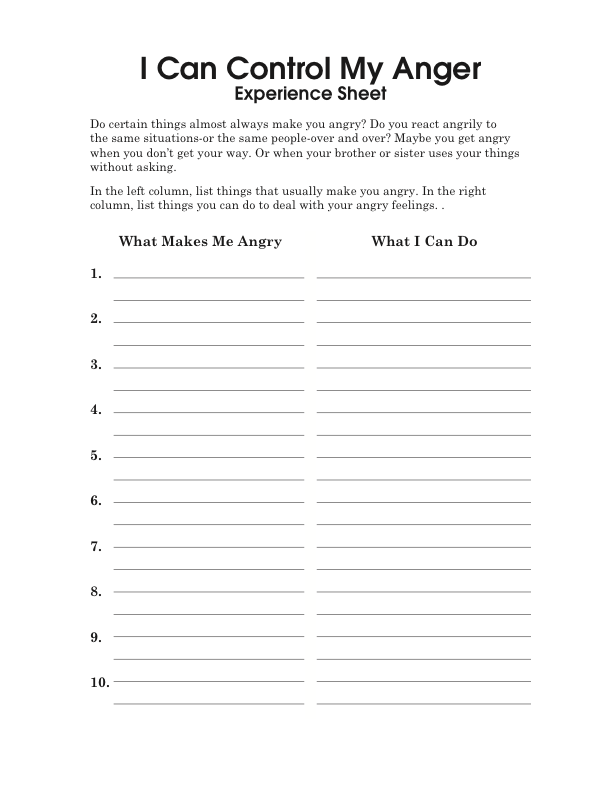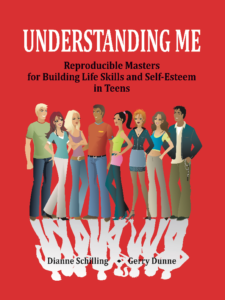
In virtually every area of living life skills are needed. Along with math, science, technology, history and English, students also need to be taught how to manage themselves, their time and activities. They need to know how to get along with others and to formulate goals and communicate their needs in a pro-social manner. Too often these critical life skills are not addressed in a direct fashion but their acquisition is simply left to chance. Students often don’t learn effective ways to deal with life issues. They have ideas but can’t express them clearly. They get into conflicts they don’t know how to resolve. They have hopes and dreams but can only drift through life.
The Current Reality
Often it’s the lack of skills and awarenesses that prevent many from becoming fully capable, contributing, happy members of society. School is the ideal places to directly teach life skills, both for their impact on the future and because life skills ensure the effective application of academic skills today.
Here’s a Resource and How to Use It
Understanding Me develops, maintains, and enhances critical life skills. Among the life skills addressed in these activity sheets are:
• decision making
• goal setting
• communication
• conflict management
• learning
• leadership
• time management
• responsibility
• assertiveness
• career choic
• trust
• friendship
• culture
• justice
In addition to your own enabling behaviors and the cultivation of an affirming classroom or counseling environment, you can assure a positive impact on the social-emotional development of your students by infusing these activities into your regular curriculum or counseling efforts. They represent one of many possible approaches and can be enlisted as supplements to other strategies you are currently using.
A Complimentary Activity
UNDERSTANDING ME is packed with meaningful information for teens to learn new ideas, attitudes, behaviors, perspectives, and skills while promoting self-awareness and self-esteem. These flexible worksheets can be used by anyone working with teens – teachers, counselors, youth group and after-school leaders, home-schoolers, and parents.
Today’s selected student activity is entitled Pressure!. What is Peer Pressure and what do you do with it?
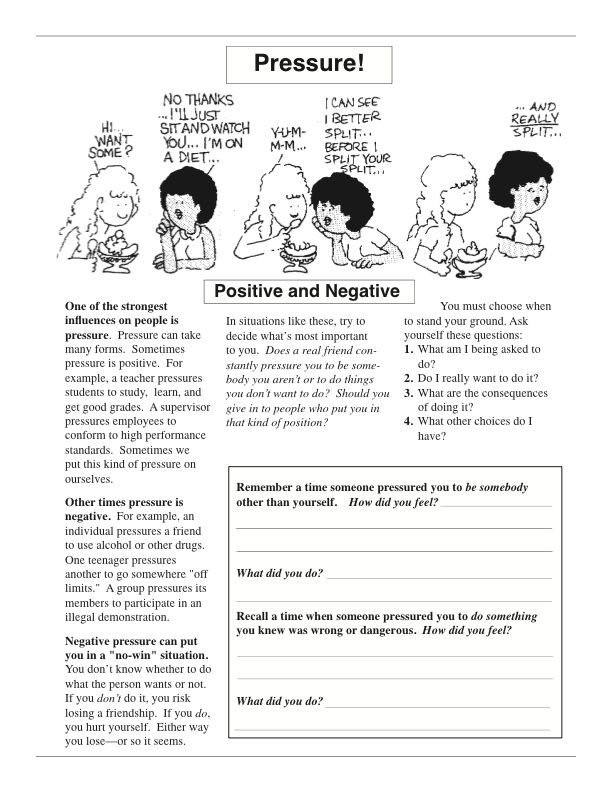
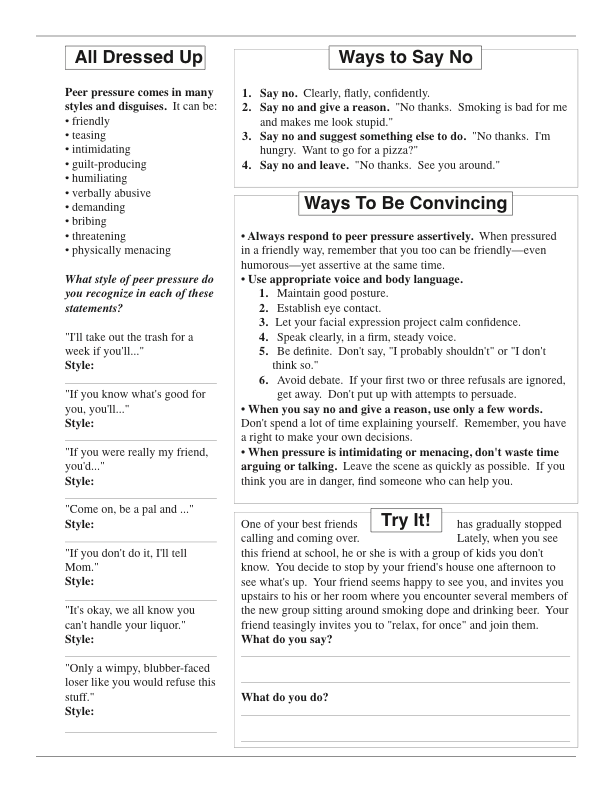
Use this activity now, and purchase the book to have a whole library of instantly usable social skills skills activities with which to engage your students.
You can check the book out HERE, and you can open a reproducible PDF of your student activity HERE.
If you like our blog resources and would like to receive them regularly, please subscribe here or on our website at www.InnerchoicePublishing.com
Thanks so much for reading!
Dianne Schilling & Gerry Dunne (Authors)

